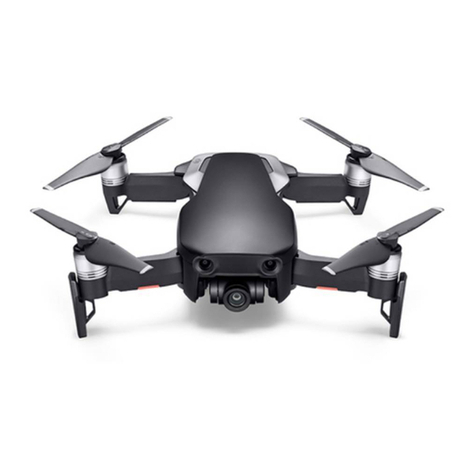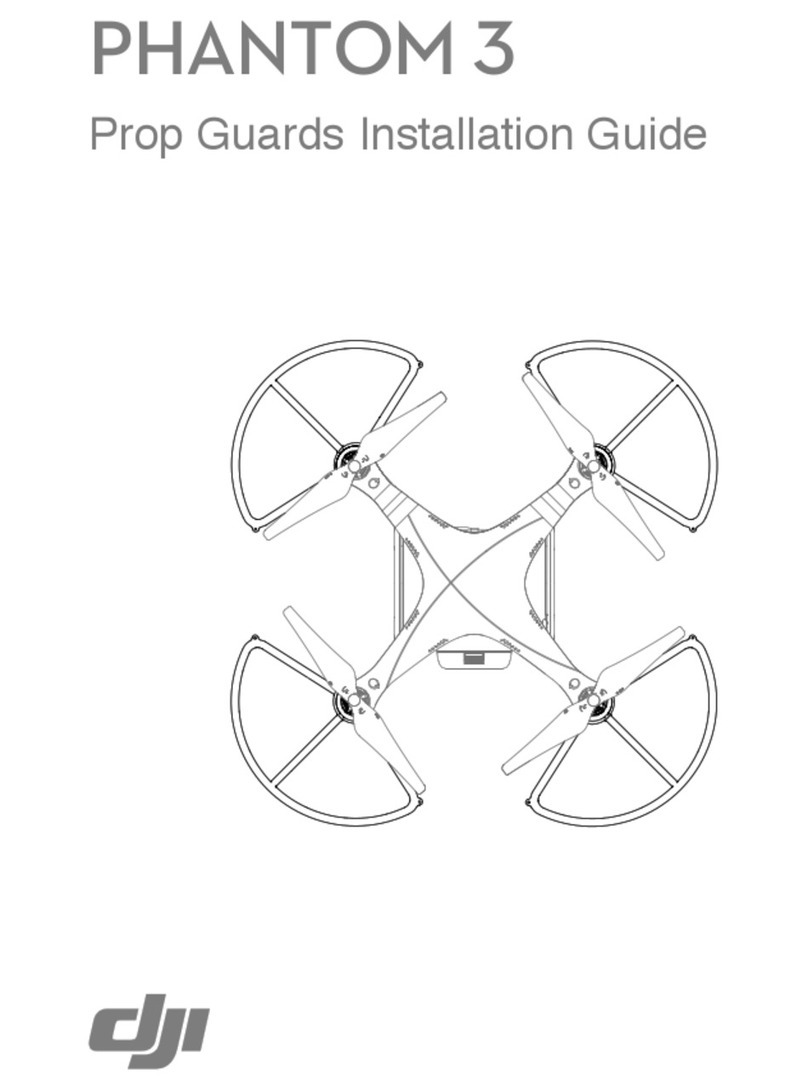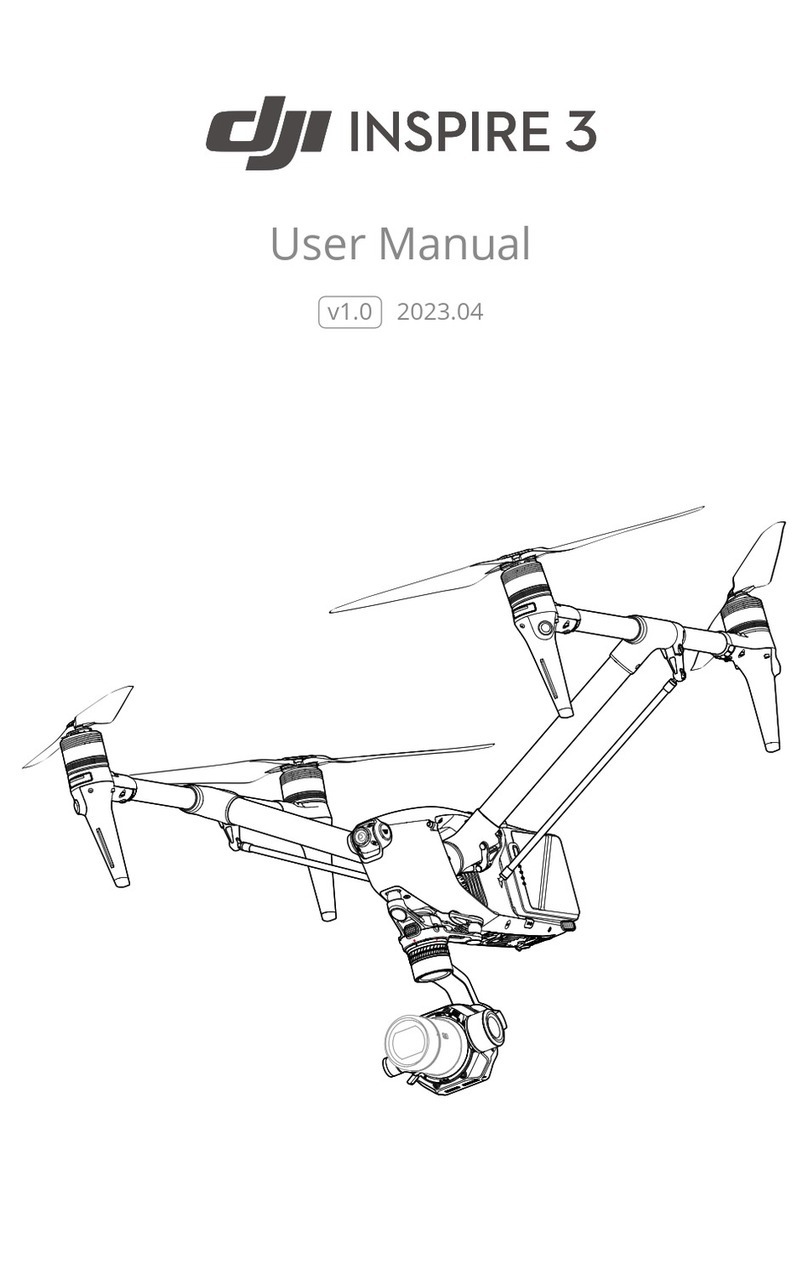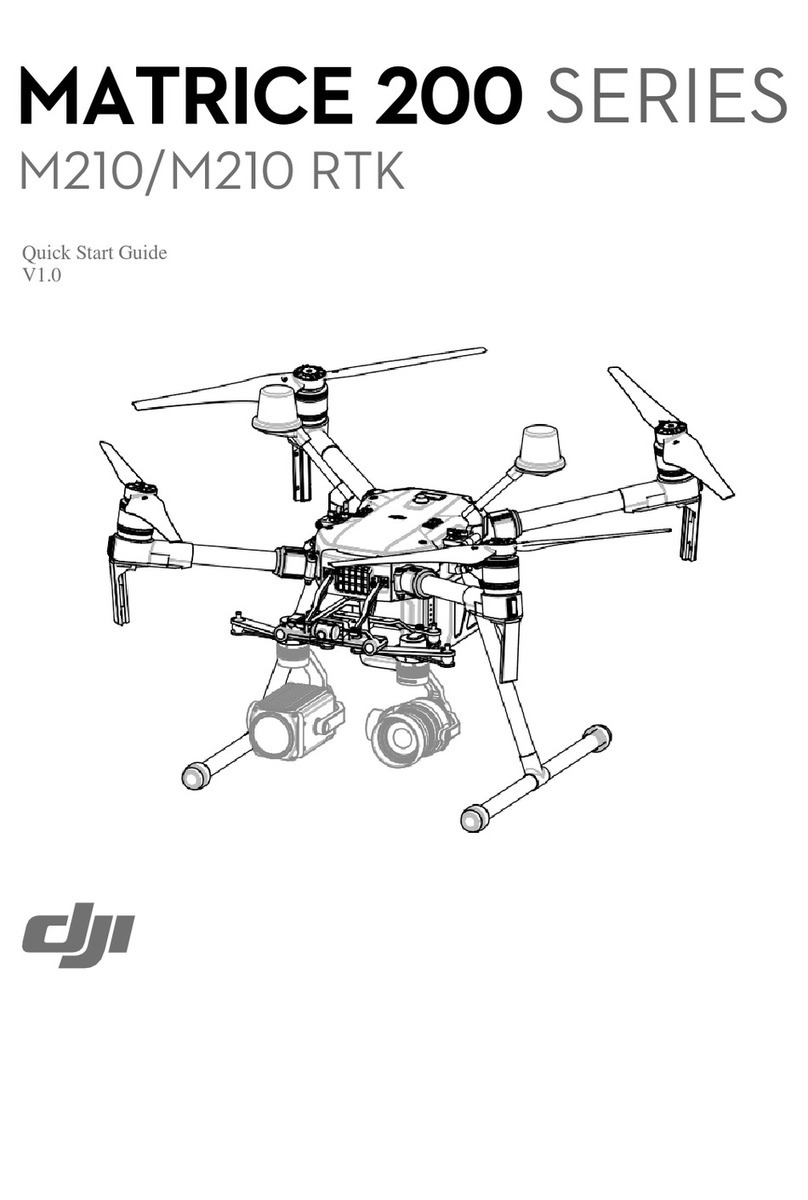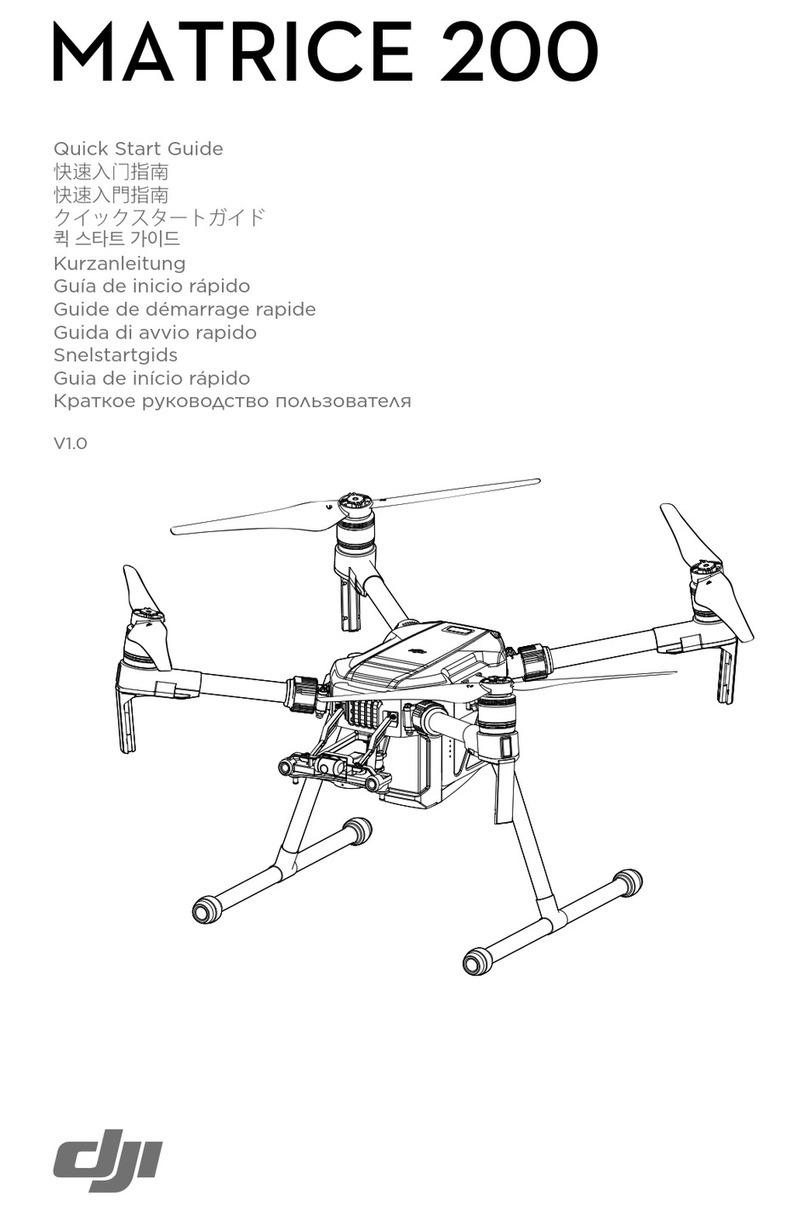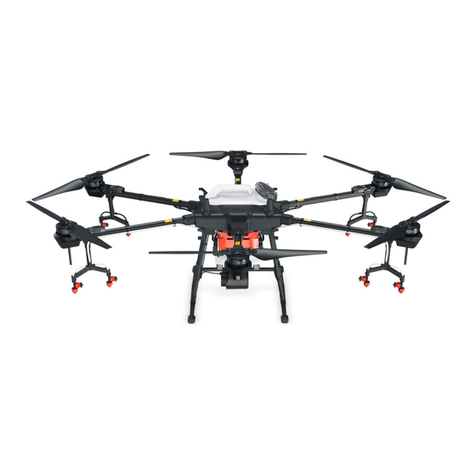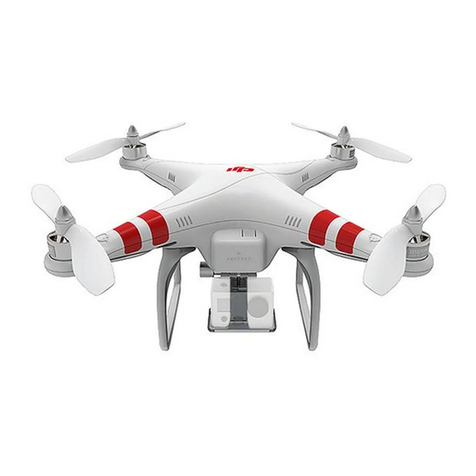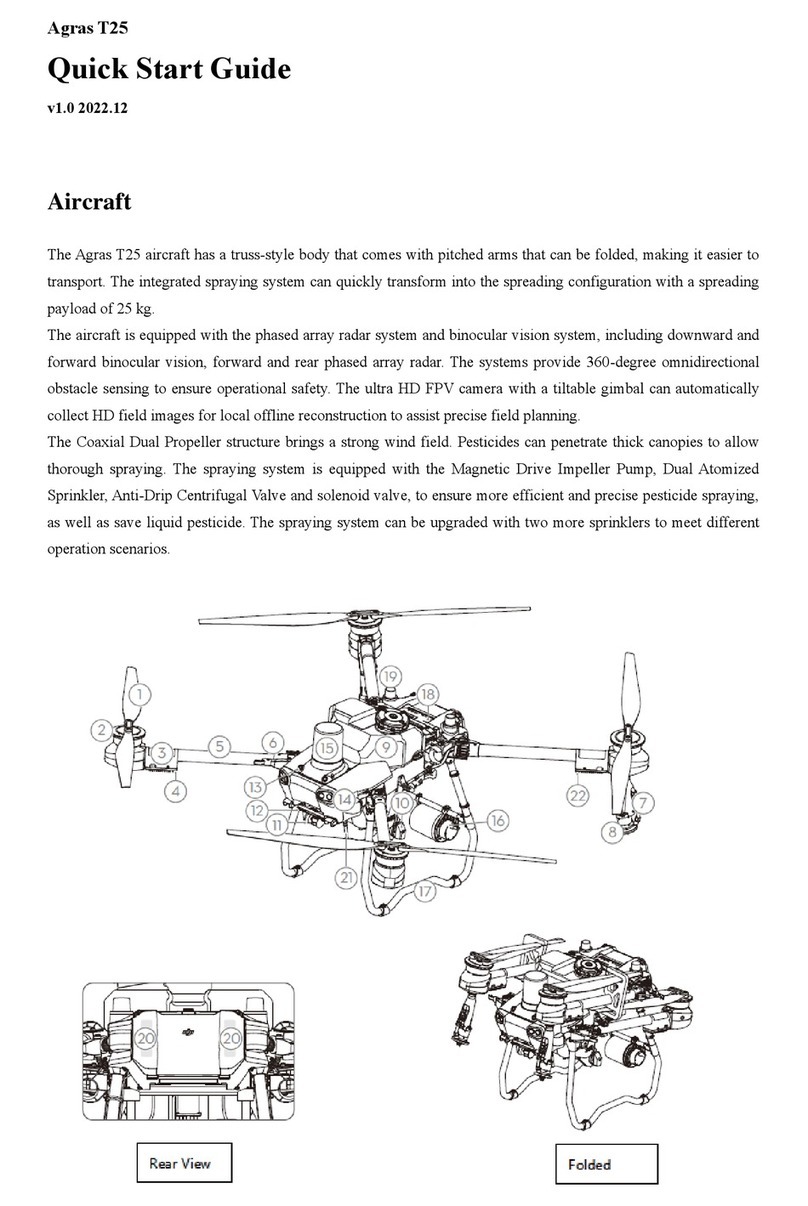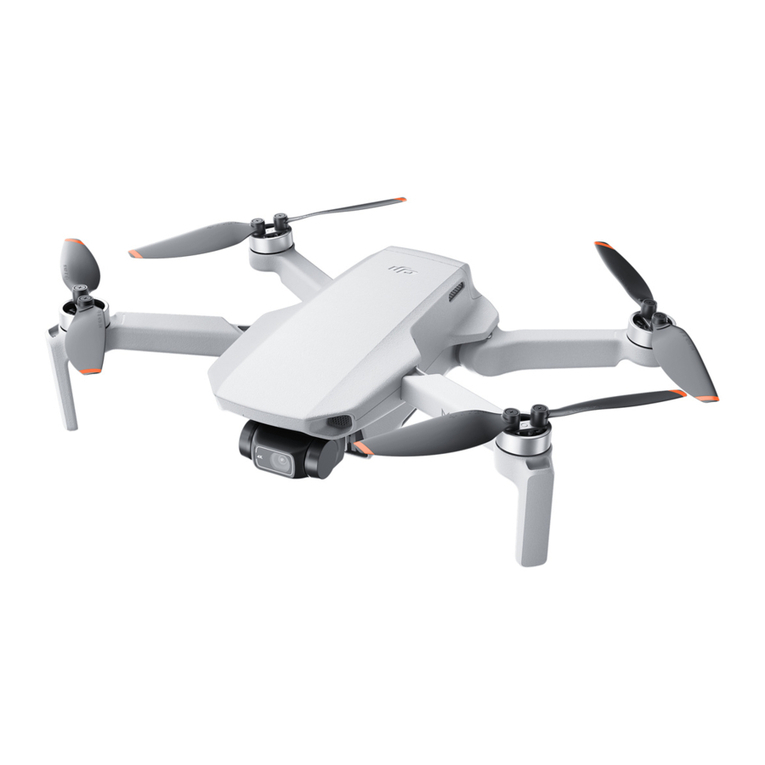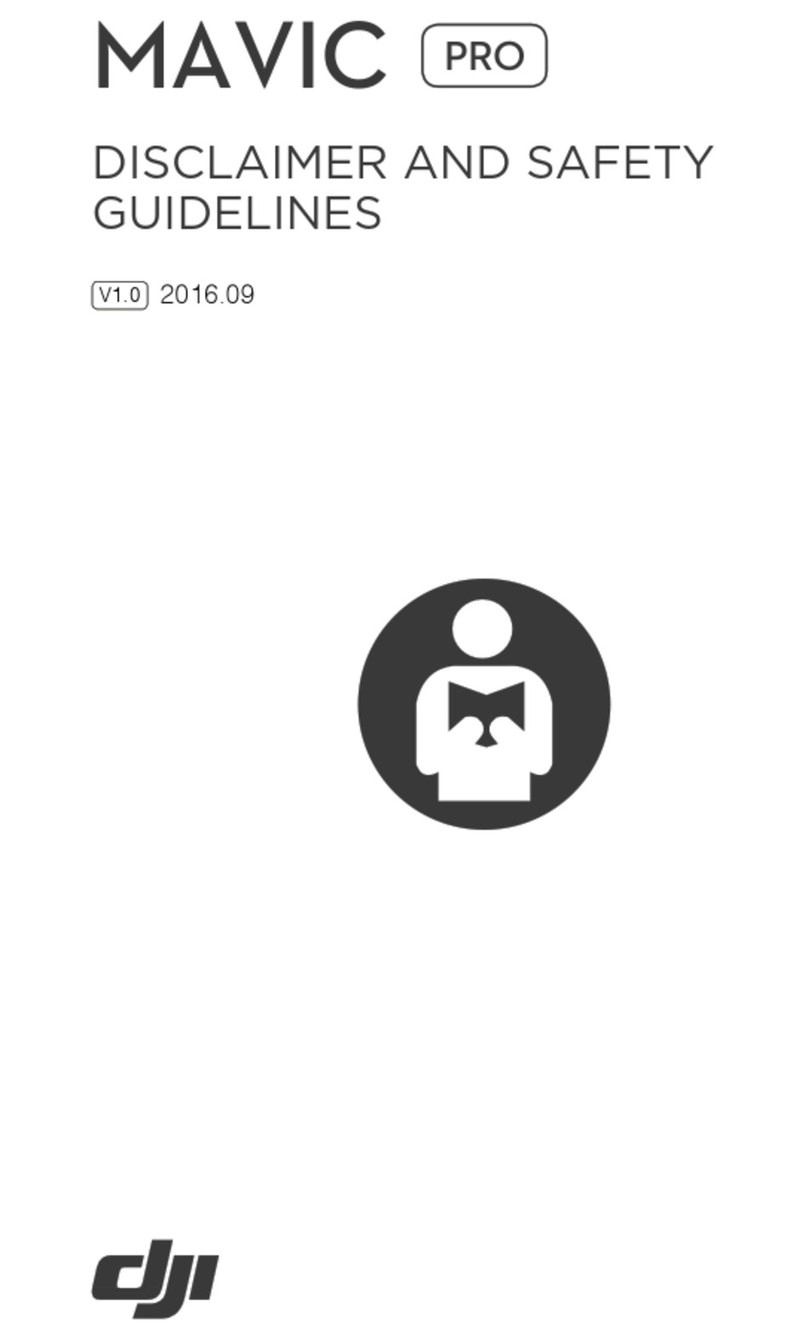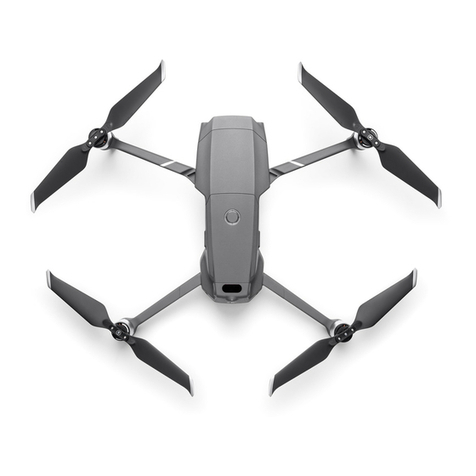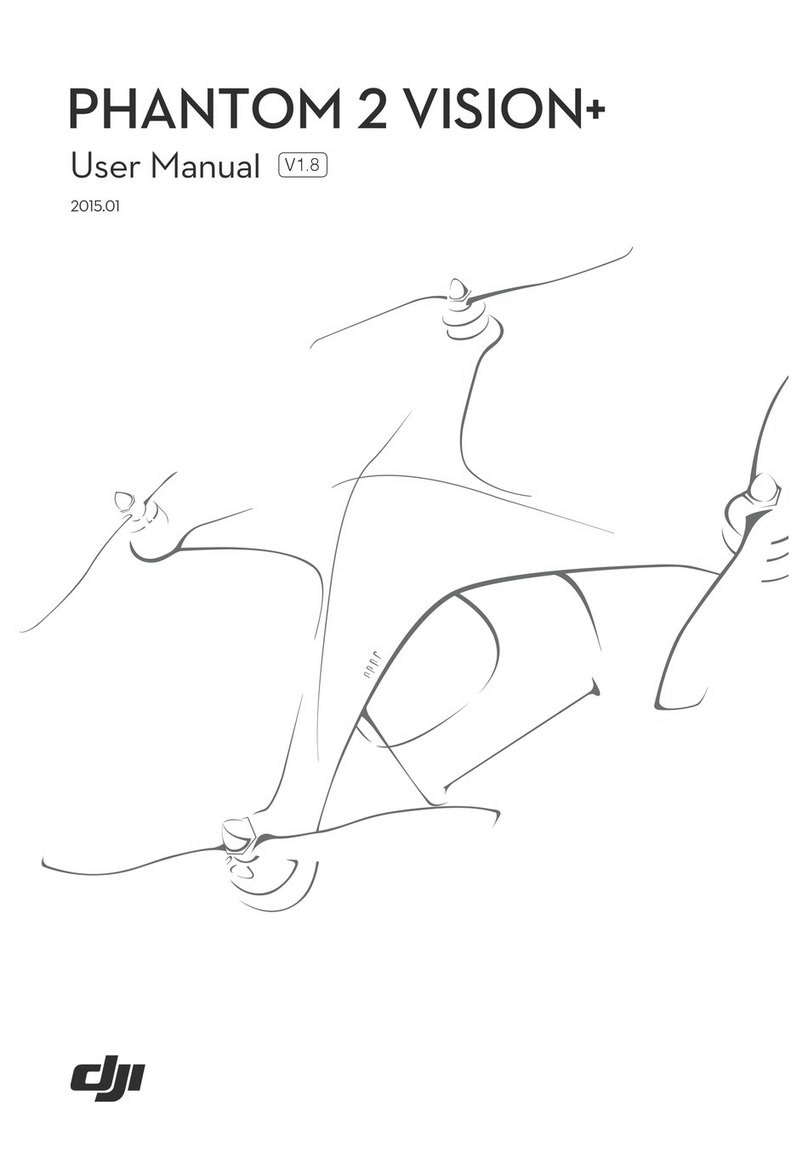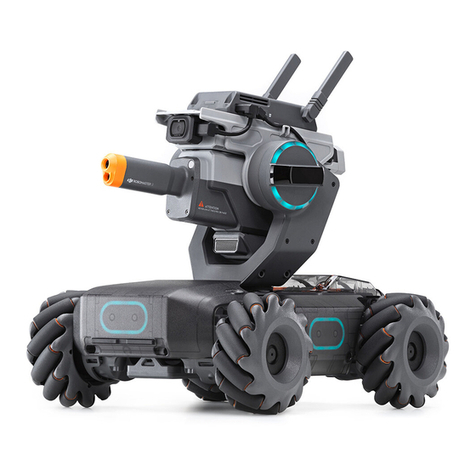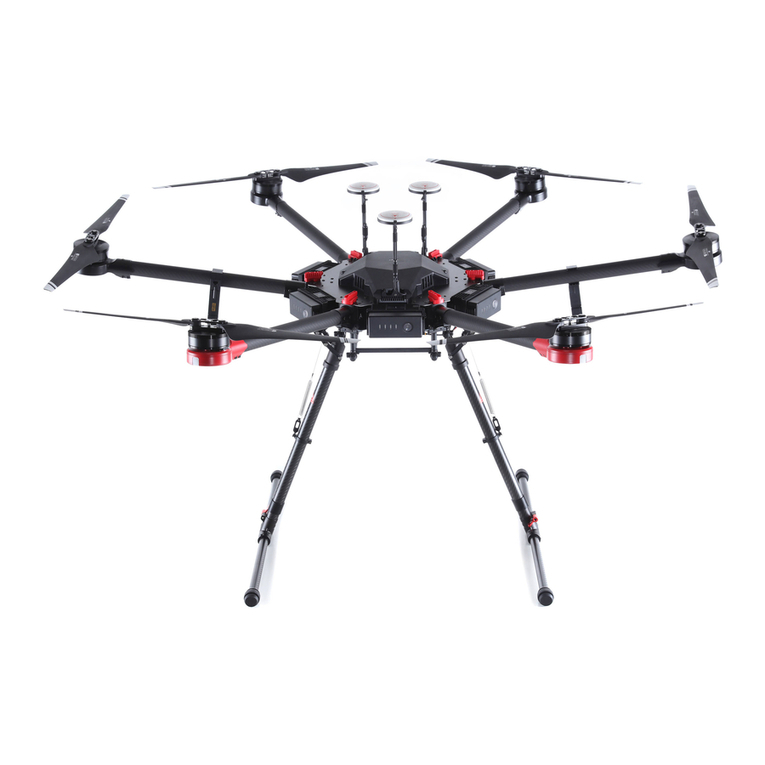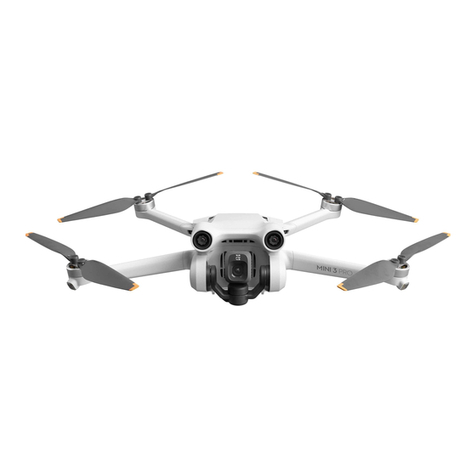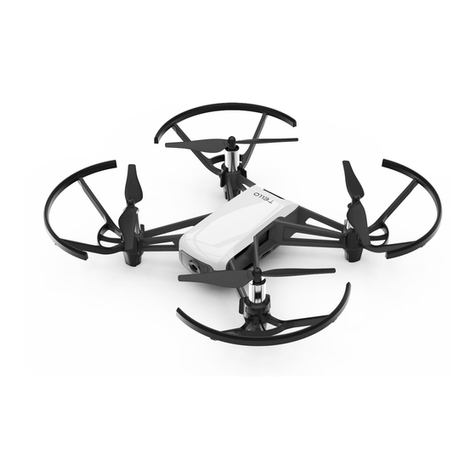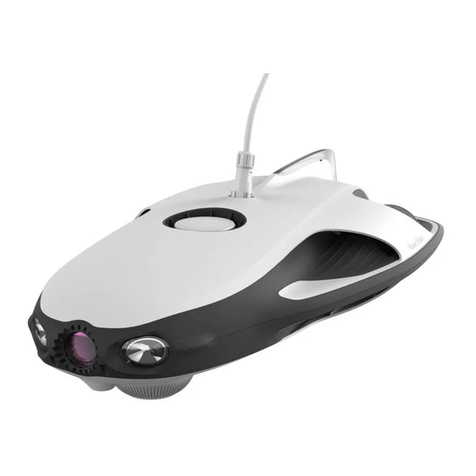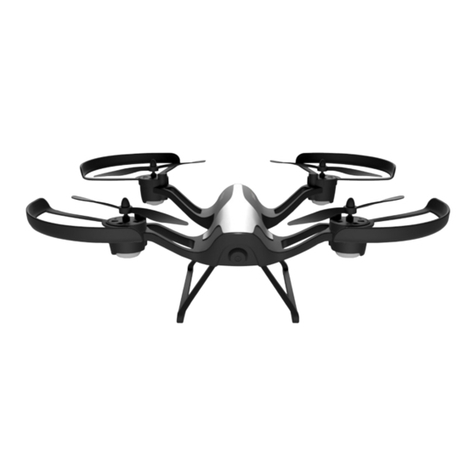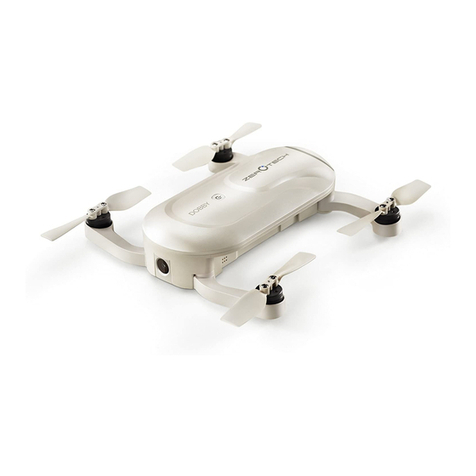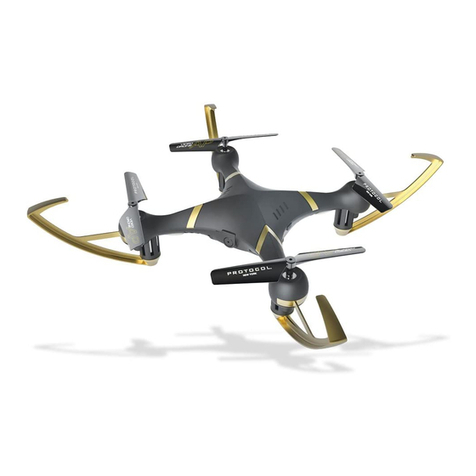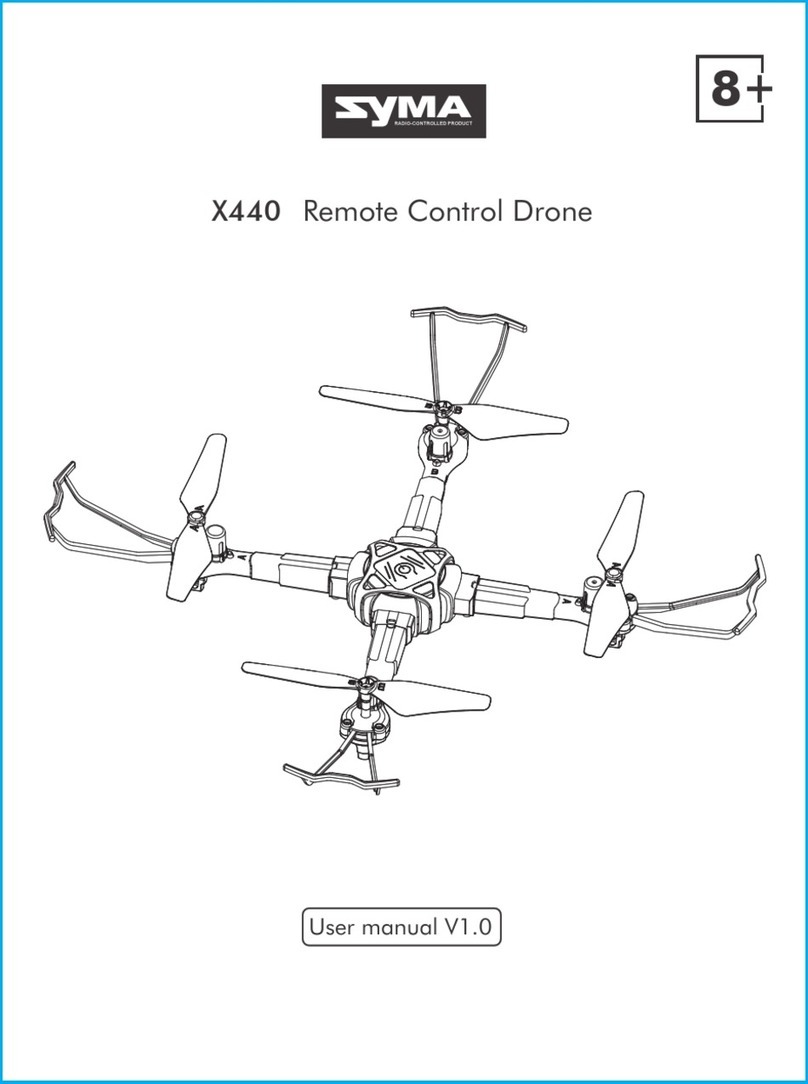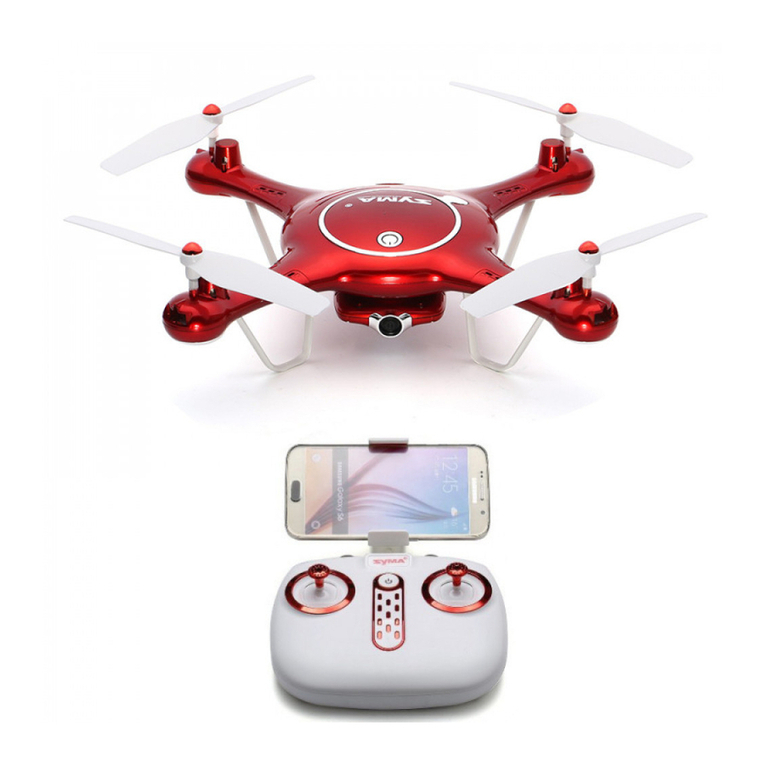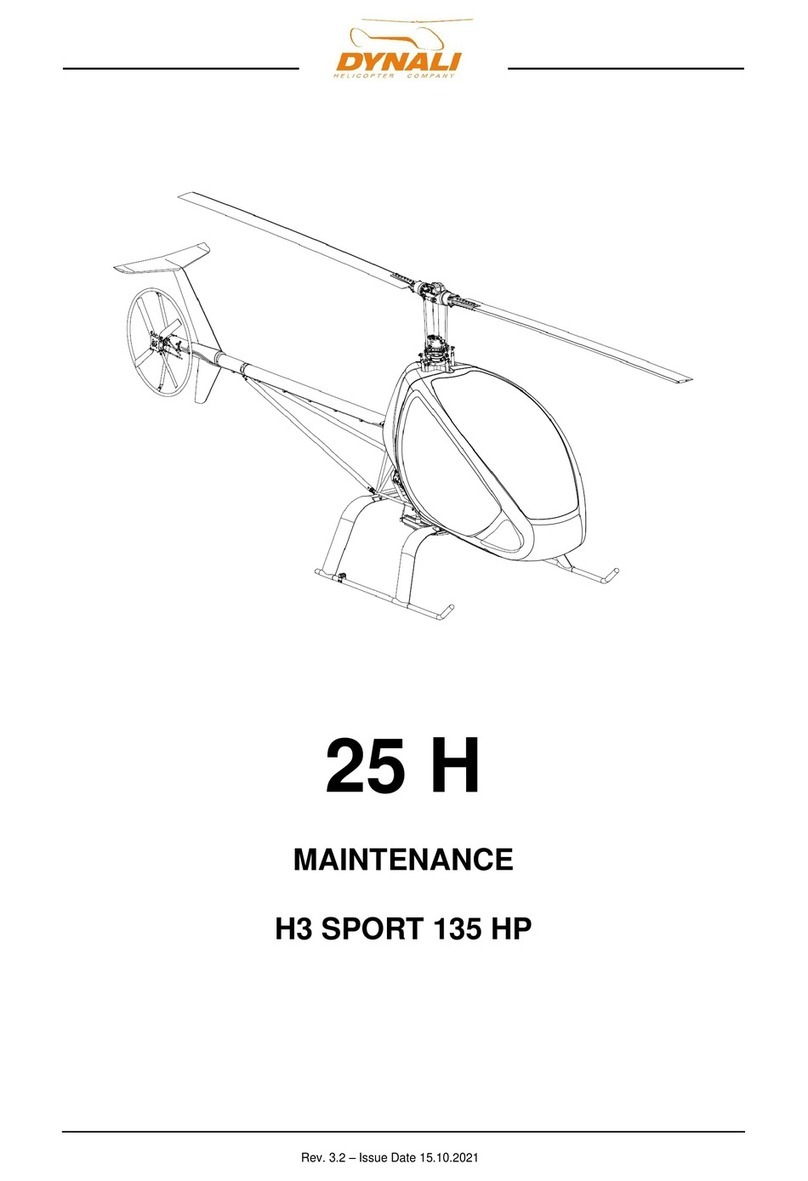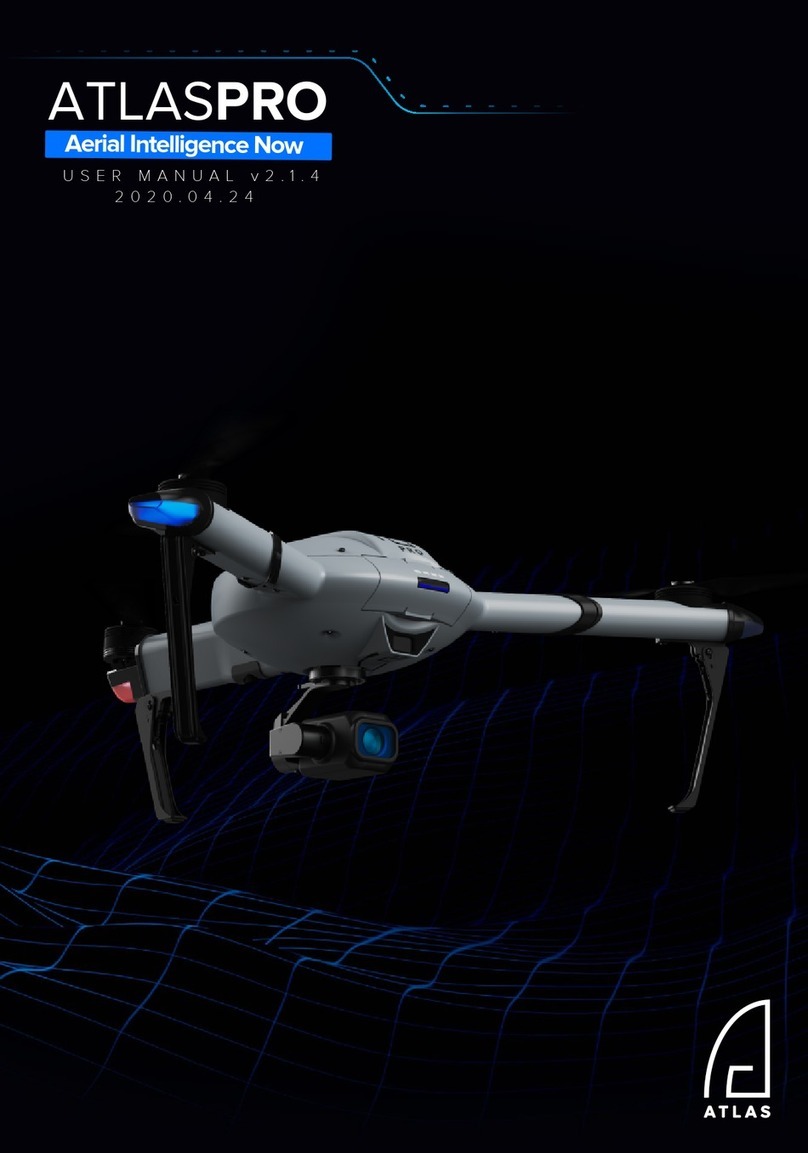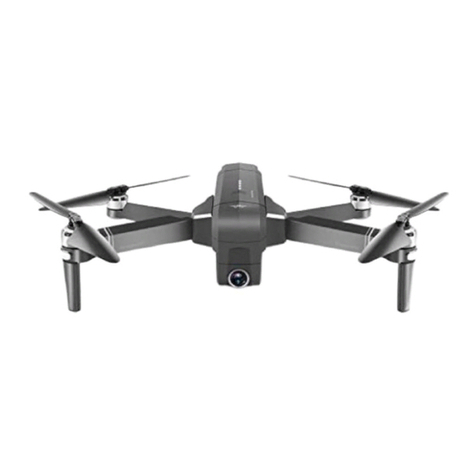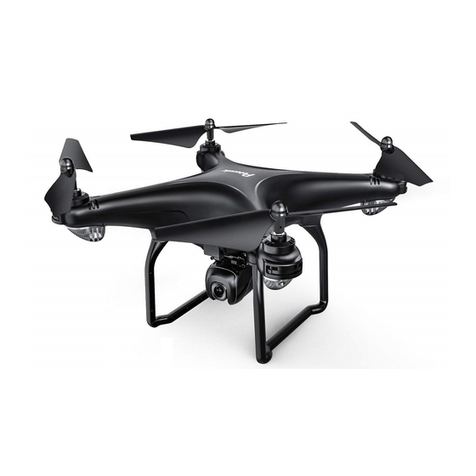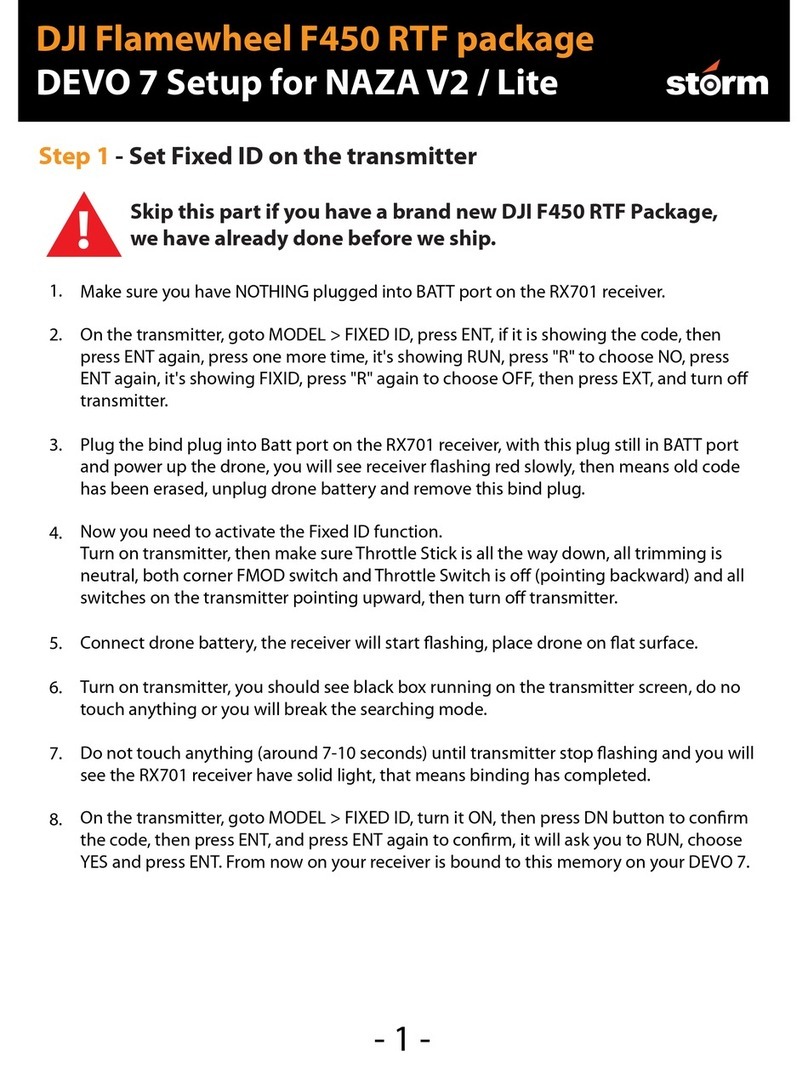13. Logs and Records...................................................................................................................... 18
PART C –FLIGHT PLANNING AND PREPARATION (Pre-Site).......................................................... 19
14. Determination of Intended Task and Feasibility ...................................................................... 19
15. Operating Site Location and Assessment................................................................................. 19
16. Risk Management..................................................................................................................... 19
17. Communications....................................................................................................................... 20
18. Pre-Notification ........................................................................................................................ 21
19. Site Permissions........................................................................................................................ 21
20. Weather Forecasts.................................................................................................................... 21
21. Preparation and Serviceability of Equipment........................................................................... 21
PART D –OPERATING PROCEDURES (On-Site) ............................................................................. 22
22. On-Site Assessment Survey ...................................................................................................... 22
23. Selection of Operating Areas and Alternative.......................................................................... 22
24. Weather Checks........................................................................................................................ 22
25. Crew Briefing ............................................................................................................................ 22
26. Crew Clothing ........................................................................................................................... 23
27. Cordon Procedure .................................................................................................................... 23
28. Aircraft Communications.......................................................................................................... 23
29. Charging and Fitting of Batteries.............................................................................................. 24
30. Loading of Equipment .............................................................................................................. 24
31. Pre-Flight and Post-Flight Checks............................................................................................. 25
32. Flight Procedures...................................................................................................................... 25
32.1. Start-up Procedure ........................................................................................................... 25
32.2. Take-off Procedure........................................................................................................... 25
32.3. In-flight Procedure............................................................................................................ 26
32.4. Landing Procedure............................................................................................................ 26
32.5. Shut-down Procedure....................................................................................................... 26
33. Emergency Procedures............................................................................................................. 26
Appendix A Permission / Exemption for Aerial Work.................................................................. 30
Appendix B Insurance Document ................................................................................................ 31
Appendix C Operational Forms.................................................................................................... 33
Customer Enquiry Form.................................................................................................................... 33
Pre-Site Assessment Form................................................................................................................ 34
Risk Assessment Form ...................................................................................................................... 34
On-Site Assessment Form................................................................................................................. 35

